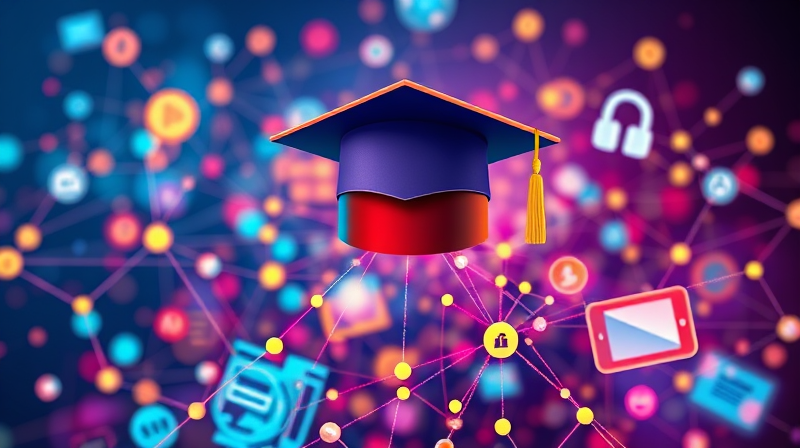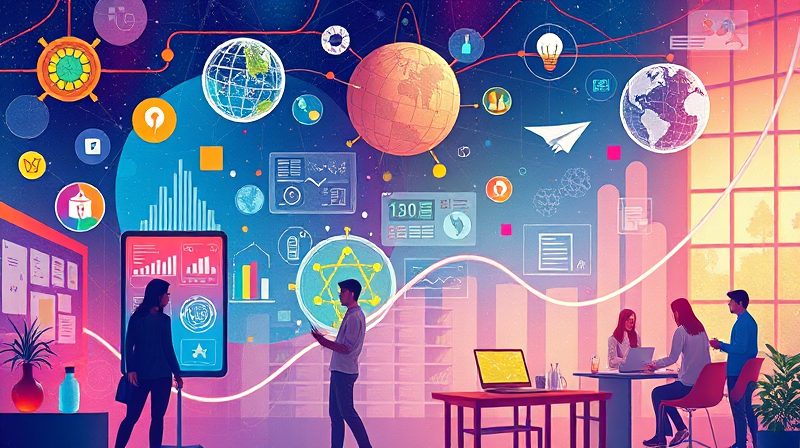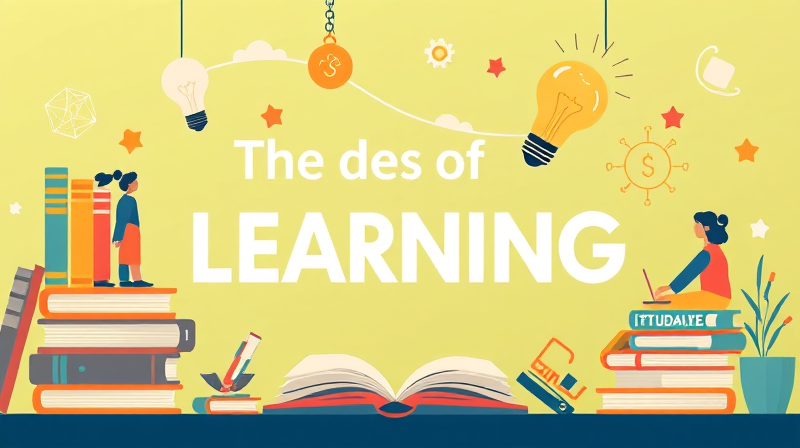E-learning websites have transformed the way we acquire new skills and knowledge. In today's fast-paced world, the traditional classroom environment is giving way to more flexible, interactive, and accessible learning platforms. This article highlights essential strategies and emerging technologies that pave the way for success in the digital learning landscape.
Successful use of e-learning platforms begins with a strong focus on engagement and interactivity. Modern learners demand more than just static content delivered in a linear format. They seek immersive experiences that spark curiosity and drive active participation. When educators and organizations invest in interactive elements, every learning session becomes an opportunity to deepen understanding and stimulate creativity.
Embracing Interactive Learning
It is crucial to incorporate features that enable a deep connection between the learner and the material. Interactive elements such as quizzes, interactive simulations, and real-life scenarios provide a hands-on approach that reinforces learning through practical application. These tools help learners gauge their understanding in real time and build their confidence through continuous feedback.
- Gamification: Incorporate game-like features to increase motivation and engagement. Earning points, badges, or rewards for accomplishing tasks makes the learning process both challenging and rewarding.
- Collaborative Learning: Enable social interactions through discussion boards and group projects. This strategy transforms individual learning into a community-driven process, where ideas are exchanged and skills are honed.
- Microlearning: Utilize small, focused learning modules that target specific skills or topics. This method suits busy learners who benefit from digestible content presented in brief sessions.
The power of interactivity lies in its ability to maintain attention and foster a sense of accomplishment as each module builds on the previous one. Learners are more likely to stay motivated and reach their academic or professional goals when every step of the journey is engaging and purposeful.
In addition to interactivity, engagement is enhanced by a blend of diverse media such as text, audio, video, and interactive simulations. This mix caters to different learning styles and preferences, ensuring that every user finds a method that works best for them. The integration of multimedia also helps in breaking down complex concepts into understandable segments, making it easier for learners to digest new information.
Leveraging Emerging Technologies for a Seamless Experience
The learning platforms of tomorrow are built on the foundation of advanced technology. Learning environments are rapidly evolving with the incorporation of artificial intelligence, virtual reality, augmented reality, and mobile optimization. These innovations are not just enhancements but necessities for delivering personalized and immersive learning experiences.
Artificial intelligence plays a key role in personalizing the learning journey by analyzing user behavior and tailoring course content to meet individual needs. This technology can recommend additional materials, suggest remedial exercises, and adapt the pace of instruction to suit each learner's capacity, thus ensuring a uniquely tailored educational experience.
- Virtual and Augmented Reality: These advanced tools provide a simulated environment where learners can experiment and interact with realistic scenarios. Such an immersive approach is particularly effective in fields that require hands-on practice, such as medicine, engineering, and design.
- Mobile Optimization: With learners increasingly accessing material from smartphones and tablets, ensuring that websites are mobile-friendly is more important than ever. This allows for learning on the go, fitting education seamlessly into busy schedules.
- Analytics: Data-driven insights help educators monitor progress and identify areas for improvement. By tracking performance, instructors can modify course delivery to better suit the needs of their students.
When these technologies are thoughtfully integrated, they do not simply transmit information; they create transformative experiences that change how learners interact with content and ultimately drive both personal and professional growth.
Designing content for transformation means looking beyond the traditional goal of simply conveying facts. Instead, a purpose-driven approach is needed where every lesson, every interactive element, and every technological enhancement is aligned with clear learning objectives and business goals. This necessary shift in design philosophy makes the learning experience more impactful, ensuring that each interaction elevates the overall educational journey.
Equally vital is aligning your e-learning strategy with broader organizational or personal goals. Whether it is upskilling employees within a company, boosting engagement in academic settings, or enabling lifelong learning for individuals, ensuring that these educational methodologies are aimed at real-world outcomes is paramount. The process involves rigorous planning, setting measurable objectives, and continuous improvement backed by data.
Robust planning and quality control are the backbone of a successful e-learning program. This includes establishing clear metrics and performance indicators, defining team roles, setting realistic timelines, and ensuring consistent communication throughout the initiative. When every component of the e-learning strategy is carefully reviewed and adapted as necessary, it not only meets but often exceeds learners' expectations.
In essence, the successful use of e-learning websites hinges on engagement, interactivity, and continuous innovation. By embracing new technologies and coupling them with well-planned strategies, educators and organizations can transform education into an exhilarating journey of discovery and growth. With active participation, tremendous support, and a clear purpose, the path to acquiring new skills becomes not only achievable but also inspiring for learners of all ages.








